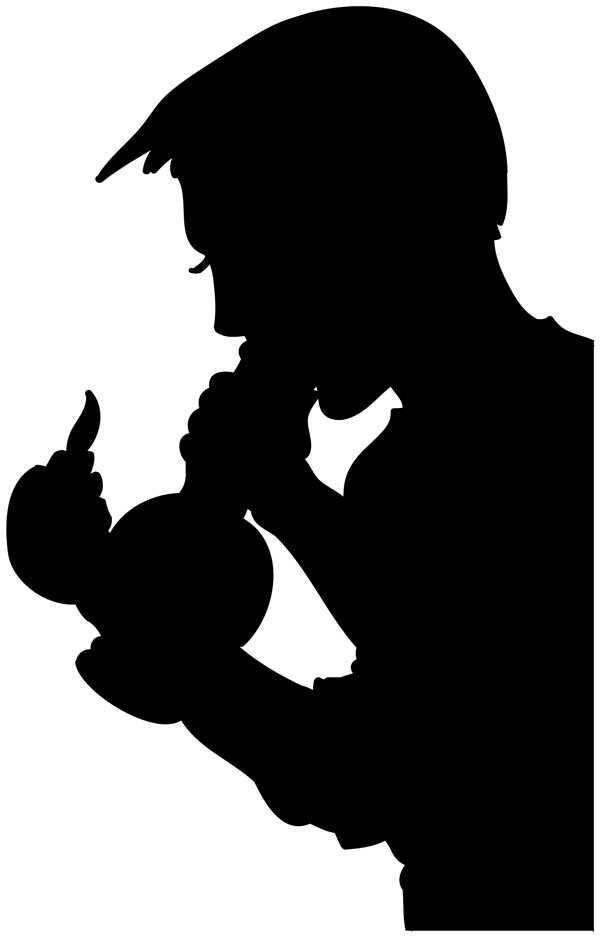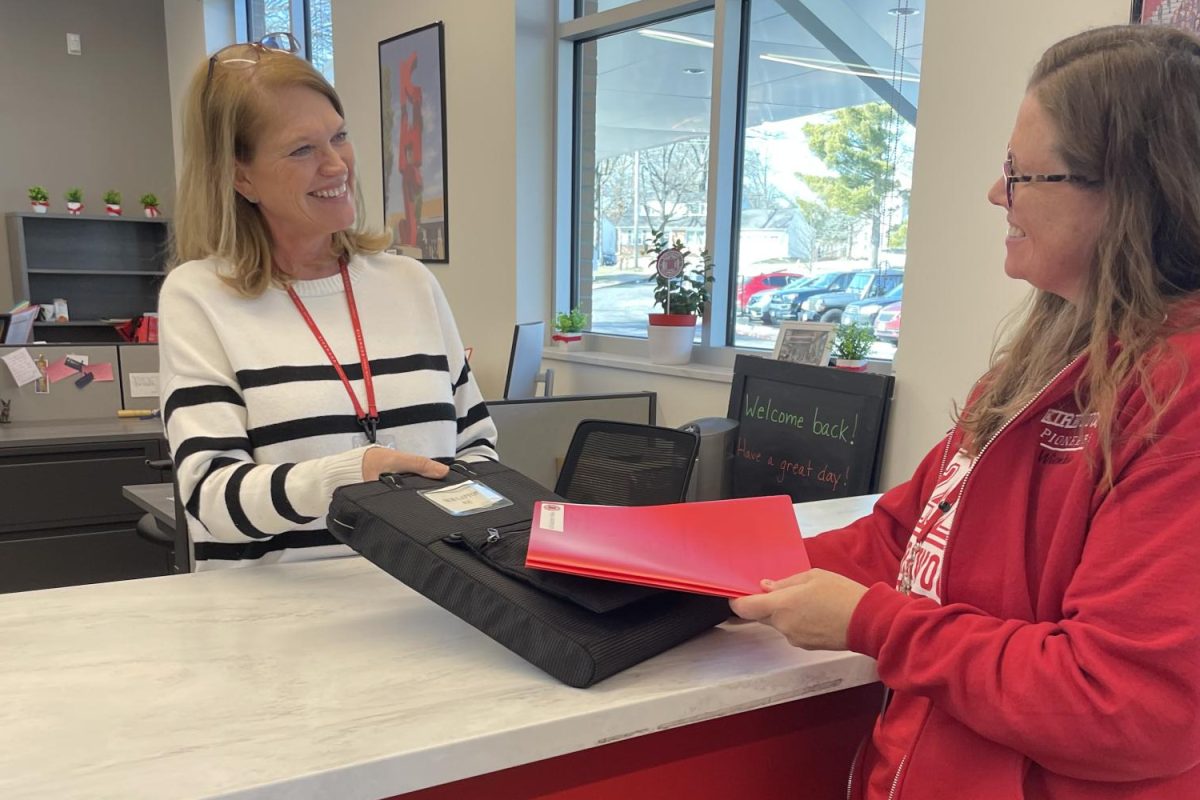When the day 4/20 hits Kirkwood High School, the campus is ablaze with rumors about the origins and traditions of the “holiday.” The Kirkwood Call decided to investigate these stories, as well as find out more about marijuana users, and the affects the drug can have on high school life.
Student use
A Call survey of students revealed that 50 percent (140/281) have tried smoking marijuana at least once, and 96 percent (269/281) know someone who has smoked. These numbers correspond closely with the national average of 47 percent of people who have tried smoking marijuana.
“I smoke once a week. Twice a week. All right like, four times a week,” a sophomore boy said. “I started smoking in seventh grade because I thought it would make me happy, and it did.”
April 20
April 20 is a date that has grown synonymous in many peoples’ minds with smoking weed. This “holiday,” commonly called 4/20, is celebrated by some students at KHS, though others disagree with its validity.
“It’d be ridiculous to have it as a national holiday,” Becca Gerdes, sophomore, said. “We don’t celebrate a holiday for drinking or cigarettes.”
The creation and significance of the 4/20 celebration are disputed.
According to a The Huffington Post article, origins of the holiday have been attributed to everything from the active number of chemicals in marijuana to a police code for smoking and vague references to Hitler’s birthday. The creation of the holiday was eventually traced back to five teenagers in San Rafael, Calif., who met after school at 4:20 p.m. each day to smoke. Though these teens are now in their 50s, others have adopted the holiday as their own.
Marijuana as a gateway drug
The Division of Alcohol and Drug Abuse found regular users of marijuana can become emotionally dependent upon, as well as build a tolerance to the drug.
“Some people will argue that it’s not addictive,” Tom Gaither-Ganim, educational support counselor, said, “but there is evidence to prove that it is.”
Marijuana is also recognized as a gateway drug, or one that leads users to experiment with other drugs.
According to the Center on Addiction and Substance Abuse (CASA), adolescents who use gateway drugs are up to 266 times more likely to use cocaine than those who have not smoked.
“It can be [a gateway drug] depending on the personality of the individual using,” Gaither-Ganim said.
Smoking at school
Chad Walton, school resource officer, does not believe marijuana use is a problem at KHS, but wants to make sure drugs stay out of school.
“Some schools have canine officers,” Walton said. “That’s something I would push for in the future.”
If believed to be under the influence of marijuana at school, students can be searched, sent home or arrested. Drug testing is required before returning to campus as proof the student went through a drug rehabilitation program. Searches are not only limited to on campus, however.
“We have the ability to search cars off campus,” Walton said. “If you bring a car to school with the intention of attending school, we can search it.”
According to Walton, an arrest was recently made after a student’s car was searched. The student was required to go through drug testing and agree to a drug program before returning to school.
Rejecting the stereotype
Walton believes “Kirkweed” is only a nickname.
“I think there are a lot more positive things to focus on,” Walton said. “I don’t think there’s any difference between Kirkwood and other high schools.”
To some students, smoking marijuana does not mean accepting the typical “stoner” stereotype.
“I’m not like all those people who completely embrace the culture because they think they have to,” a sophomore girl said. “Just because you like one thing doesn’t mean you have to like the other.”
Others have not smoked because they believe it to be harmful to their body.
“I’ve never been in a situation where it would have been an option,” Catherine Kleiss, sophomore, said. “I don’t want to mess up my body.”
Consequences
Emotional problems are not the only issue smoking marijuana can cause. According to Walton, possession of marijuana is a misdemeanor and results in arrest and a fine. Any paraphernalia is seized as evidence and tested for narcotics in a lab. A court summons is also issued, and bail may be set. According to Walton, if a student is caught dealing marijuana, the charge changes to a felony and the offender is not released until the prosecutor advises it.
Gaither-Ganim speaks with many students about problems with marijuana, whether emotional or legal, but is unsure if marijuana use is on the rise.
“I think attitudes are more open and people are more brazen about talking about it,” Gaither-Ganim said.
According to Walton, talk-therapy, or speaking with a counselor or psychologist, is one of many affective methods when dealing with drug abuse. He also believes help from parents, doctors or law enforcement can be affective.
“I believe anything that works for that individual is great,” Walton said, “but they have to recognize they have a drug problem, or it doesn’t work.”










Chloe • May 9, 2011 at 8:44 am
I know some teachers feel that it isn’t such a problem, or that we just have nicknames about it- it is. From an insider’s perspective there are WAY too many drug abusers, and some teachers and faculty members can’t tell the difference between a sober student and a student that is high as a kite.
KHS • Apr 23, 2011 at 4:58 pm
Before you hate on anyone, try spelling “Alumni” correctly.
Alumi • Apr 23, 2011 at 11:18 am
Like this matters, all the classes below the senior class are full of peasants that won’t touch weed. And Walton would be pushing for a drug dog. I am pretty sure that will never happen.
khsstudent • Apr 22, 2011 at 11:00 am
have a picture of weed or a blunt. not some guy taking a hit from a bong. its no big deal i just think they could have used something less.
studentuno • Apr 21, 2011 at 12:48 pm
why?
khsstudent • Apr 21, 2011 at 11:01 am
that picture of the bong shouldnt be put in there.